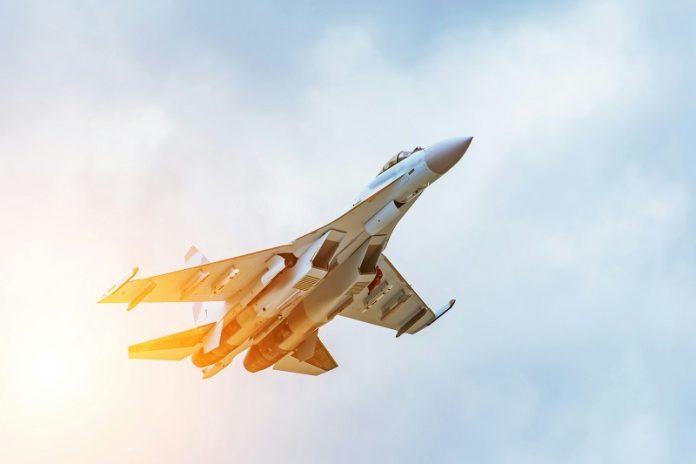
Fighter jets like the F/A-18 rely on powerful machines to fold their wings when parked on crowded aircraft carriers.
These systems are heavy and use a lot of energy. But what if there were a smarter, lighter way to do it?
New research into special metals that can “remember” their shape is pointing to a more efficient future—not just for military jets, but for many advanced technologies.
These metals are called high-temperature shape memory alloys (HTSMAs).
They have a unique ability: when bent or deformed, they return to their original shape after being heated. This makes them perfect for use in parts that need to move on command—like folding wings, robotic arms, or even medical tools.
But the challenge is that HTSMAs are expensive to make, often relying on rare and costly elements to perform well at high temperatures.
A team of researchers at Texas A&M University may have found a way around this. Led by Dr. Ibrahim Karaman and Dr. Raymundo Arroyave, the team combined artificial intelligence (AI) with lab experiments to speed up the search for new, more affordable alloys.
Their work, recently published in Acta Materialia, shows how data-driven tools can help scientists design advanced materials more quickly and cheaply.
Traditionally, developing a new metal is a slow and expensive process. Scientists must test thousands of combinations to see how different elements behave together. Even changing a metal’s ingredients by a fraction of a percent can completely alter its properties. It’s like trying to guess the right lottery numbers—there are too many options to test one by one.
That’s where AI comes in. Instead of testing every possibility, the team used computer models to predict which mixtures were most likely to work. Then they used a method called Batch Bayesian Optimization (BBO) to guide their experiments. This system “learns” from each test and improves its predictions, helping scientists avoid dead ends and focus on the most promising alloys.
This smarter approach doesn’t just save time. It opens the door to designing metals with specific purposes in mind—like reducing energy loss in a machine, or making it move more smoothly. These metals, known as actuators, behave like tiny artificial muscles. They’re already used in aerospace and robotics, and researchers hope to expand their use in future technologies.
So far, the team has explored metals that mix copper and hafnium, aiming to improve both the temperature at which the alloy changes shape and how much it can bend or stretch. The next step is to develop materials that not only work at the right temperatures but also produce enough movement to be useful in real-world devices.
With further research, these smart metals could change the way we build everything from fighter jets to surgical tools—making them lighter, faster, and more efficient. And thanks to AI, this future might arrive much sooner than expected.



